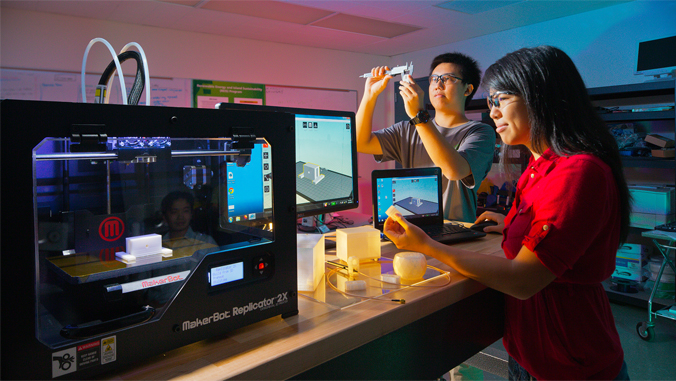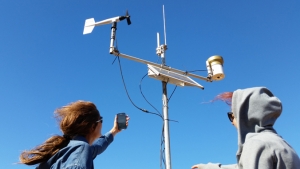
A first-ever solutions-focused engineering industry strategy session drew 40 business leaders and educational partners to a virtual meeting in July, convened by the University of Hawaiʻi and the Chamber of Commerce Hawaii.
Driven by the Oʻahu Engineering Sector Partnership, the group’s mission is to foster cross-sector dialogue and collaboration to better understand Hawaiʻi’s current engineering talent pipeline and develop strategies to improve student preparedness for careers in engineering.
Cross-sector collaboration
The group’s steering committee is comprised of leaders from a wide range of organizations, including the UH Mānoa College of Engineering, Hawaiʻi P–20, Bowers + Kubota Consulting, Oceanit, Castle and Waipahu High Schools, Kamehameha Schools and many more.

The intersection of education and industry is critical for the development of a strong talent pipeline, and no one knows this better than Brennon Morioka, dean of UH Mānoa’s College of Engineering and one of the drivers of the initiative.
“Having been an employer most of my career, I tend to see the kind of potential employee our industry partners are looking for with a slightly different lens than the traditional academic approach might have, and the engineering sector partnership helps serve as that bridge to communicate the skill sets and readiness employers would like to see in our graduates,” said Morioka. “And being the largest producer of engineers for our state, it is critical for the UH College of Engineering to engage and be a leader in this conversation and any efforts that help develop a quality workforce for Hawaiʻi.”
Introductory workshop
During the 90-minute session, participants sought to understand the current landscape by examining data about the engineering pipeline including the diversity of engineering careers available, the workforce demand, the supply of Hawaiʻi engineering graduates, the schools and locations students come from, and feedback from educators and industry on areas for student growth.
Attendees agreed that there are many available, yet disconnected work-based learning activities to engage students in engineering and STEM, and that more collaboration is needed to reach some of the group’s goals for the state.
These goals include building a focused cradle-to-career pipeline with connected, intentional activities that reinforce technical and professional skills, and supporting and expanding public high school engineering academies. Participants also identified a key next step: to formalize the partnership by developing an organized forum or marketplace for connecting industry and education.

